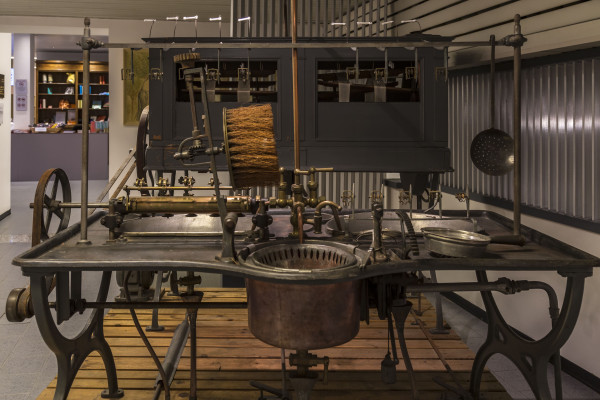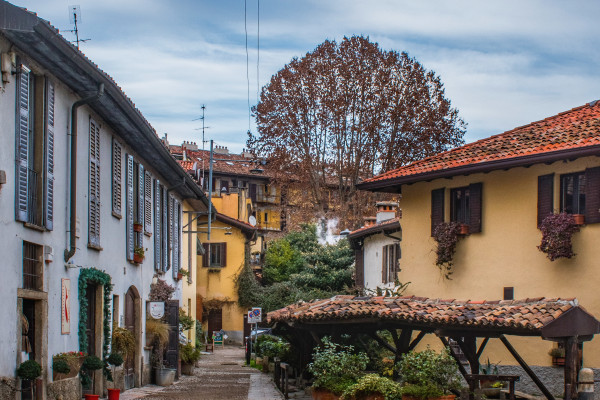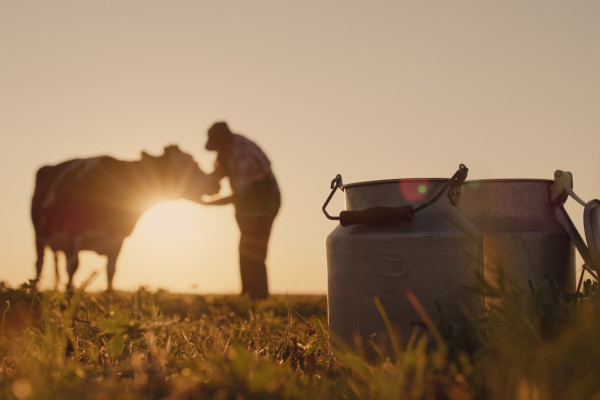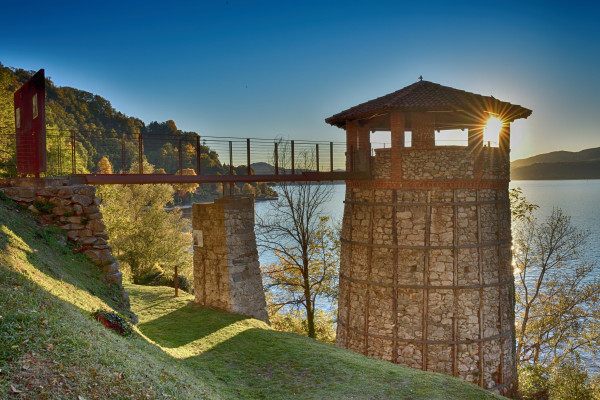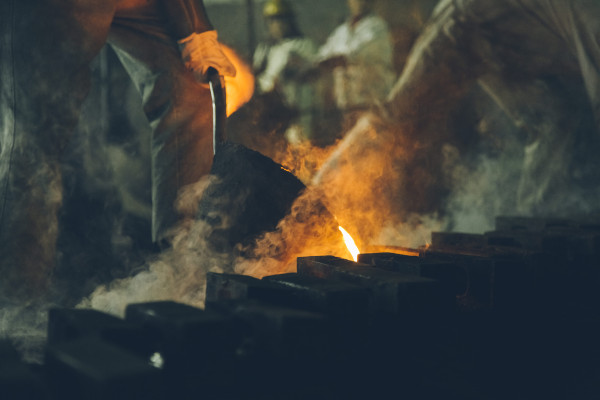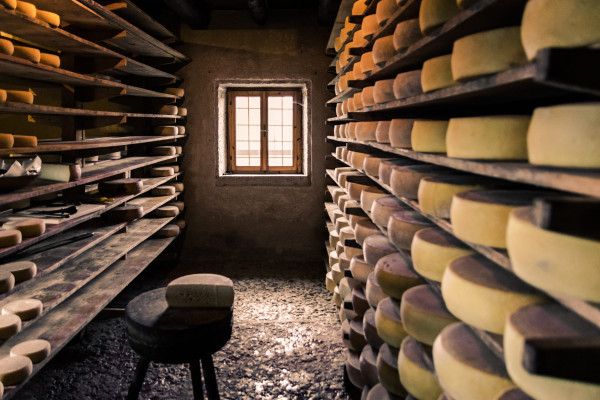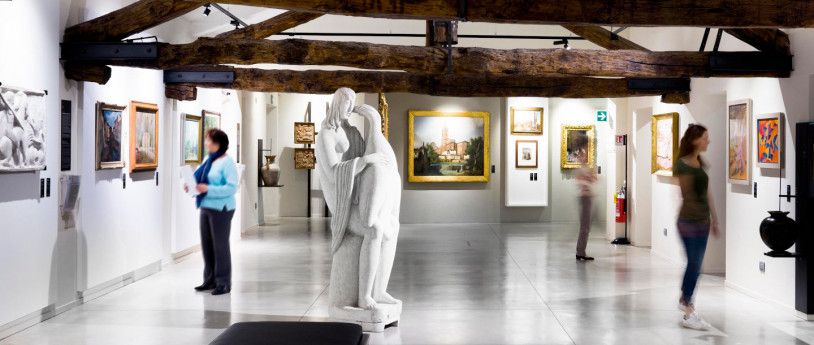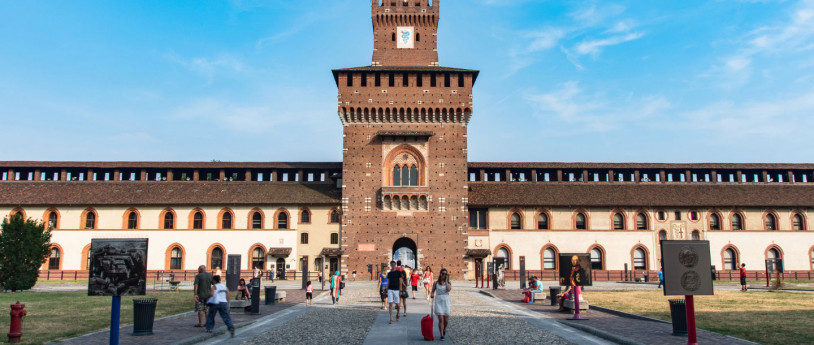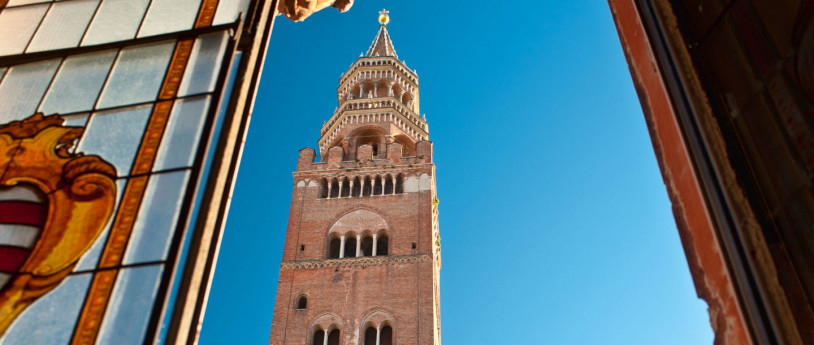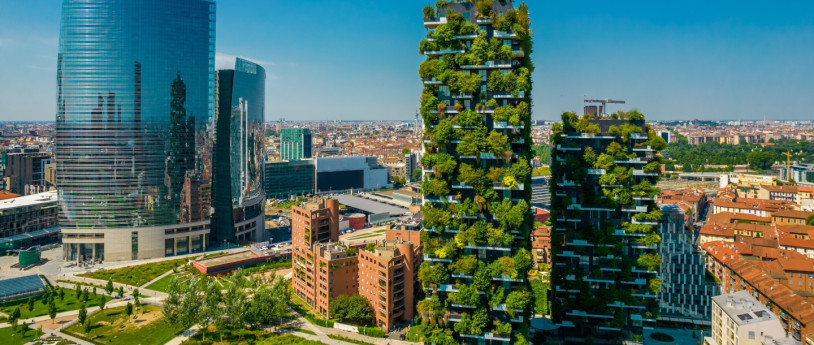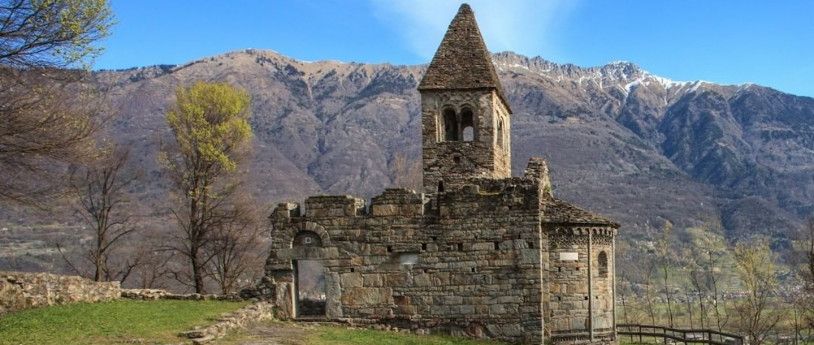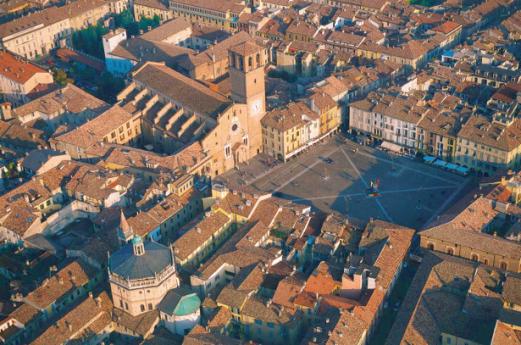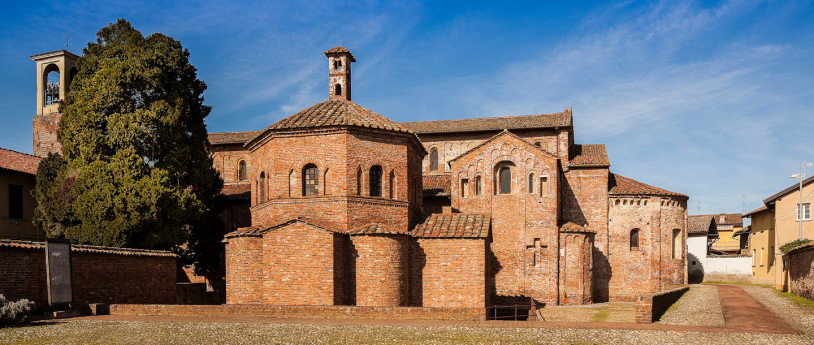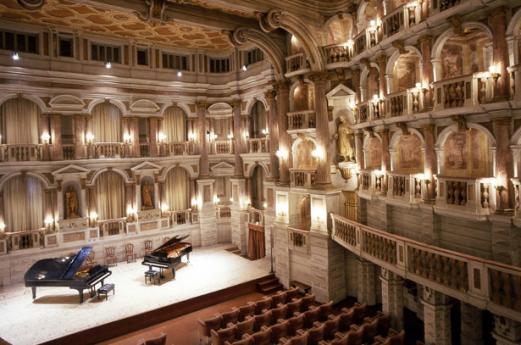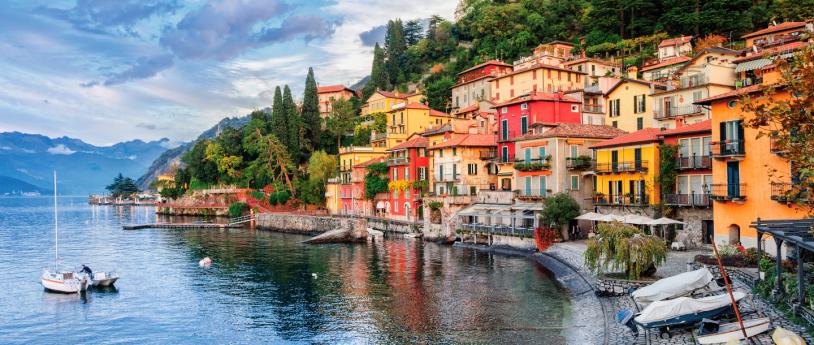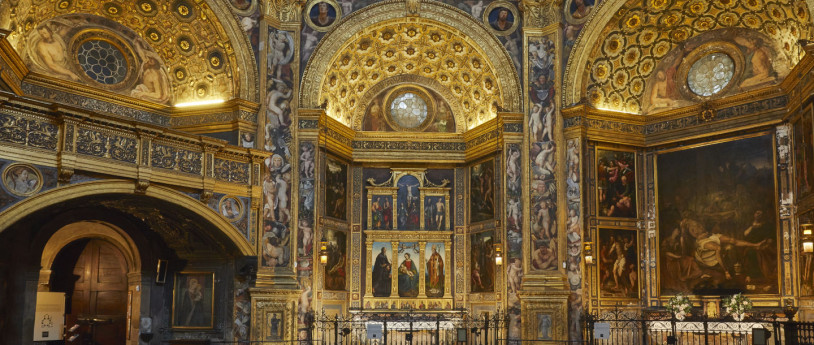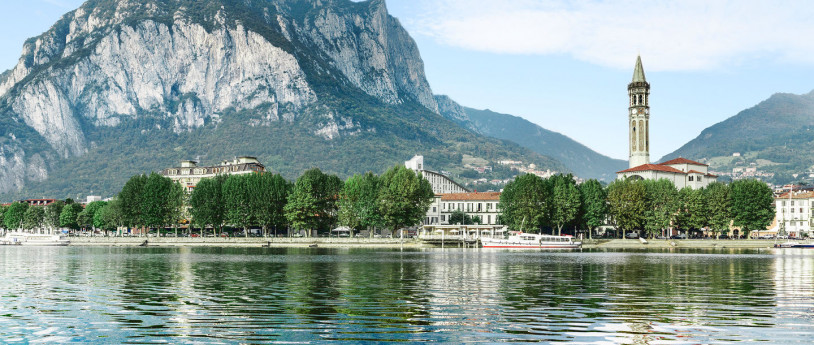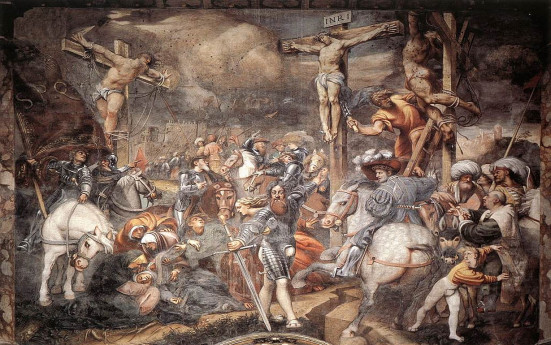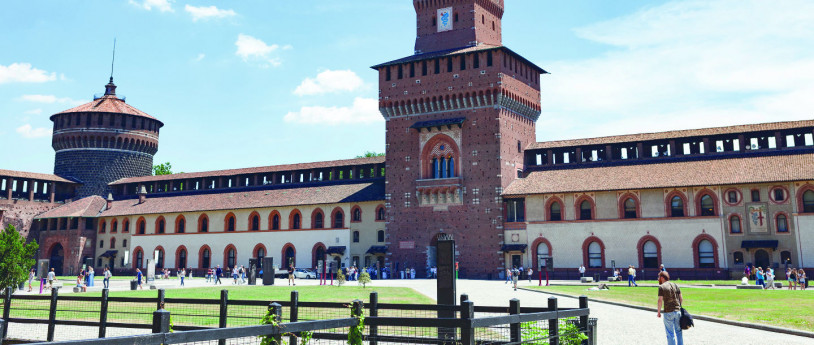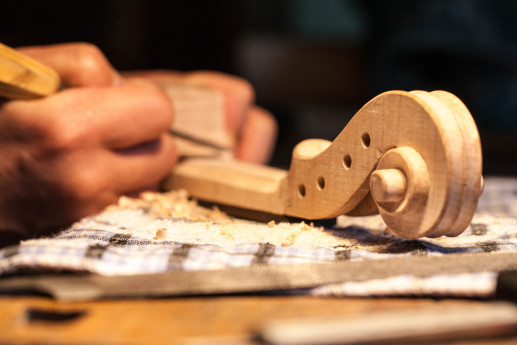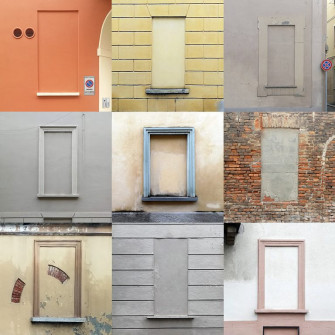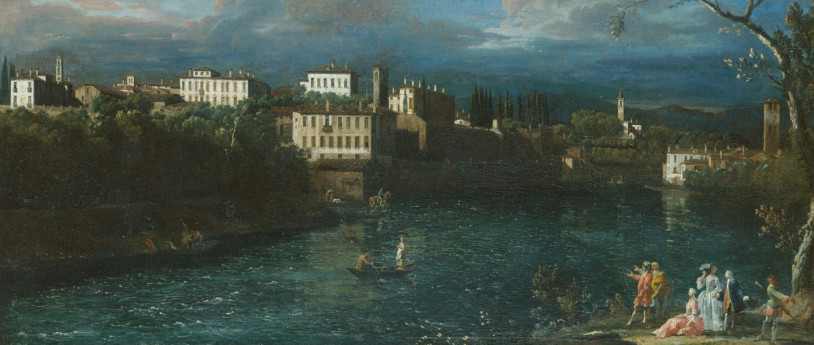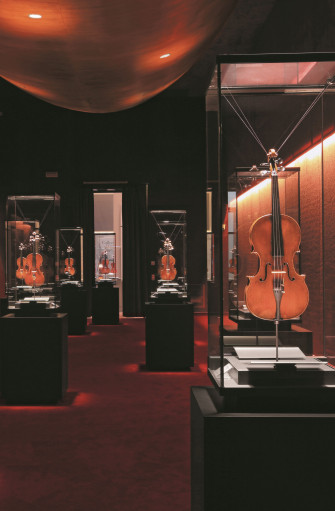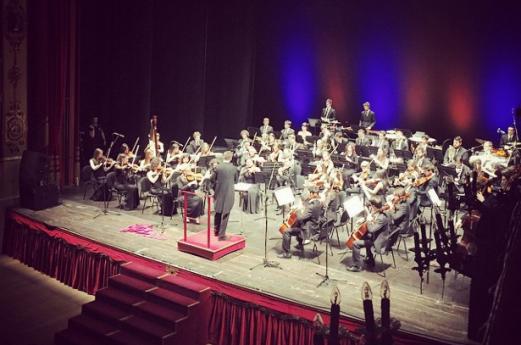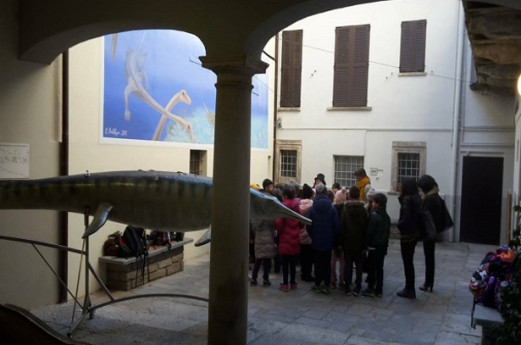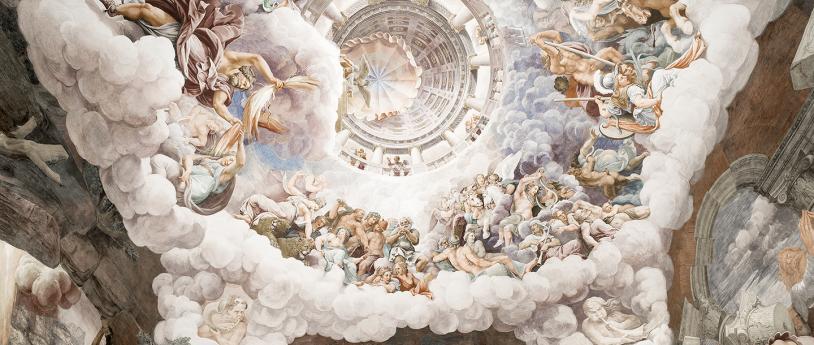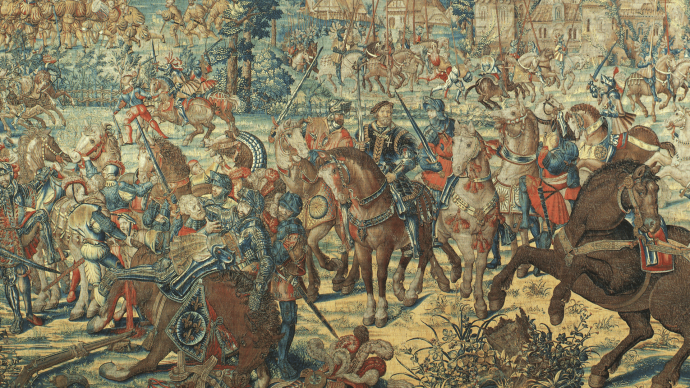- Art & Culture
- Lifestyle
On the trail of traditional trades
Six destinations to explore crafts and tradition, on the trail of traditional trades in the timeless landscapes of Lombardy.
There are places where the hubbub of modern living seems to disappear, making way for memories of the traditional trades and crafts, that continue to echo among Lombardy’s mountains, valleys and villages.
These places bring back human stories of passion and love for the local area: the art of silk weaving and iron working, craftsmanship, and traditional knowledge help to bring the past back to life. Outdoor museums and magical scenery are on offer here in these seven destinations, where you can discover the roots and the hidden beauty of some of Lombardy’s traditions.
SILK MUSEUM (Como)
Silk production is an ancient art, based on delicacy and patience, consolidated by the tradition of artisanal craftsmanship. From caring for the silkworms to the collection of the precious strands from the cocoons, through to the skills of spinning, weaving and dyeing, every step is a traditional process. The Silk Museum in Como preserves the memory of this craft, and can boast the fact that it is the oldest museum institute in the world to showcase the whole production process. Como’s traditions come to life here, with tools, documents and fabrics in a large technical and artistic conservation space. Just a stone’s throw from the centre of Como and its beautiful lake is the Silk Museum, with its extremely interesting collection of ancient exhibits, as well as events and educational activities to add to the cultural experience.
Vicolo dei lavandai (Milan)
This looks like somewhere suspended in time, and yet it is in the very heart of Milan. We are talking about Vicolo dei Lavandai, a picturesque slice of Naviglio Grande, between the fashionable restaurants and venues where you can enjoy a drink. It was here in 1700, that the Confraternita dei Lavandai di Milano was born. This confraternity consisted of local inhabitants who collected the laundry from the area and took care of washing and drying it here. The proximity to the Naviglio, together with a little square in which to load and unload goods onto the canal boats, made this a very busy place in terms of people and vehicles, forming a little ecosystem consisting of laundries, sailors, warehousemen and traders, which lasted right through to the late 1950s. Today, the old-world charm of the street remains, where the washhouse, with its stone stalls contains to attract the attention of passers-by. It is a hidden corner of the busy, modern-day Milan where you can also visit the Church of Santa Maria delle Grazie.
MUSEUM OF FARMING CULTURE (Cremona)
The Museum of Farming Culture, a lovely showcase of artisanal traditions is part of the Cremona Museums circuit. The museum itself is located inside Cascina Cambonino, a 17th-century farmhouse in the countryside north of Cremona, now testament to the farming culture of the past. Inside you can stroll through the courtyard, visit the stalls, the farmer’s house, the small oratory and the bügadéera, the area traditionally used as a laundry, as well as see how wine used to be made. With its old farming tools and equipment, and lovely relics from daily life, this museum is a must-see when visiting Cremona, as it shows you an authentic beauty that appeals to adults and kids alike.
Anello delle fornaci (Ispra, VA)
Just a few metres from Lake Maggiore, the municipality of Ispra offers a romantic beauty, characterised by relics from the area’s industrial archaeology. The old furnaces, dating back to the 19th century and used to make cement and bricks until the 20th century are now open-air treasures and visitor attractions. This is why a panoramic loop itinerary around the lake, known as the Sentiero delle Fornaci starts in Ispra, taking you through the woods to admire the Fornace in Salvalada, Fornace del Pinett and Fornace della Punta, as well as three more furnaces on the way back to the centre of town. The walk begins with the iconic Passeggiata dell’Amore, the Love Walk, a tribute to romanticism and an immersive experience along walkways overlooking the lake. History, art and nature are all available on this itinerary, which takes about 2 hours to complete along an easy route.
THE IRON AND THE MINES ROUTE (Valle Trompia, BS)
Valle Trompia is not just an area rich with great scenery and fabulous food, it is also a treasure trove of memories and history linked to the mining and steel-working activities in its mountains. This aspect of its identity is shown to best advantage at the Ecomuseo di Valle Trompia, which offers a range of themed routes, including the Iron and Mines Route, which is one of the most representative. The itinerary touches some of the most important mining sites of the traditional supply line. From the I Magli Museum in Sarezzo to the S. Aloisio Mine in Collio, passing by the Le Miniere Museum in Pezzaze, through to the Il Forno di Tavernole Museum, every quarry and every forge for working metal has its own story to tell. Whether it is just a single stage or the whole route, the Iron and Mines Route takes you on a journey through time, where you can get to know the area through its industrial and social identity.
Valli del Bitto (Gerola Alta, Morbegno, Sondrio)
The mountains have always been a place for craftsmanship in close contact with nature, and Valtellina is the heart of food excellence, with products and recipes that are handed down through the generations. A culture of expectation and dedication at the root of one of Valtellina’s most famous cheeses: Bitto. From pizzoccheri to sciatt, polenta taragna, and risotto, the story of this intense, flavoursome cheese is set between to valleys, known as the Valli del Bitto. Behind Morbegno, the best-known town in Valtellina are the Valle del Bitto di Gerola and Valle del Bitto di Albaredo. Here, inside the Parco delle Orobie Valtellinesi, is Gerola Alta and Albaredo per San Marco, two picturesque villages where it is possible to visit the Centro del Bitto Storico, a cellar with more than three thousand rounds of Bitto cheese and the Ecomuseo, with itineraries and alpine trails, to find out more about the art behind making this cheese.
